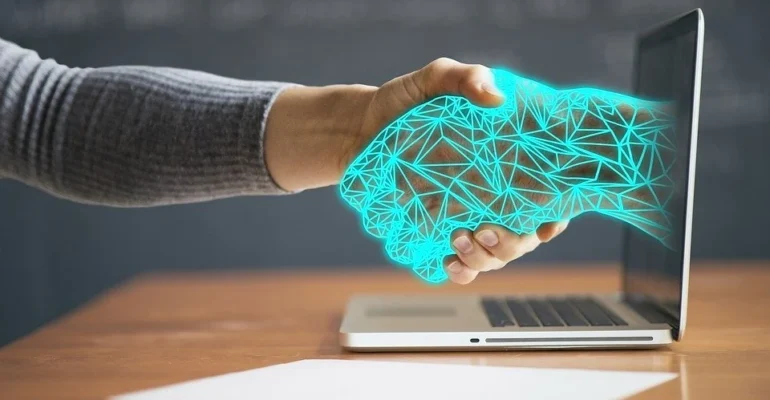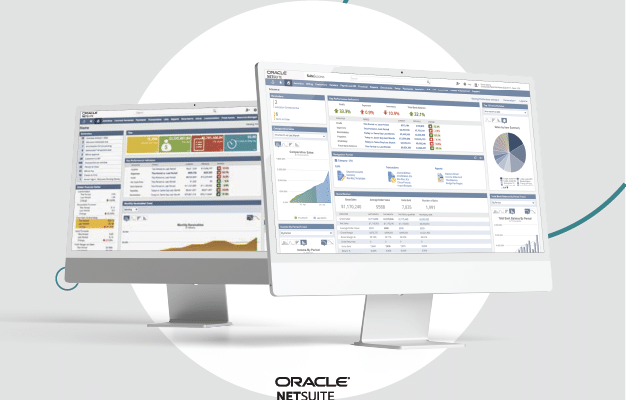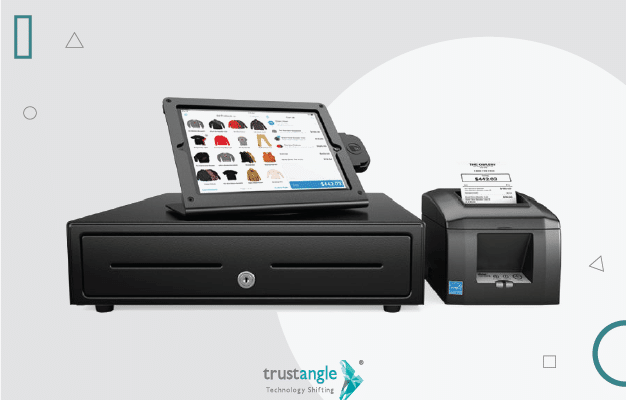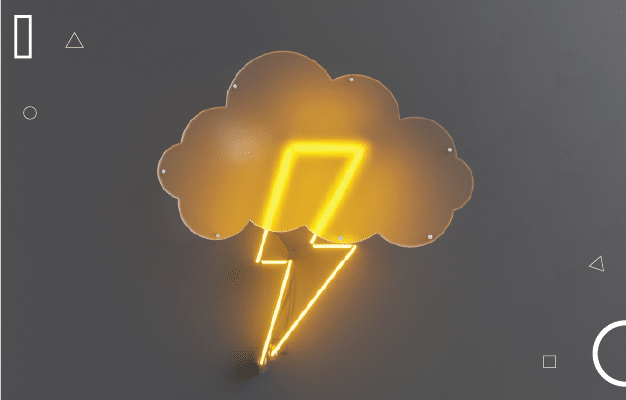Introduction
Technology is the foundation of business. It is the foundation for us to build a game plan and design the right processes to achieve our goals. When we leverage technology effectively, we can create value for our customers and measure its impact on business outcomes. This is what makes technology so valuable: it’s not just about creating tools that make our lives easier but also about leveraging those tools in ways that help grow your business.
Technology is the foundation
Technology is the basis of the business. It enables and helps design business processes. It can be used to measure value, as well as continuity and sustainability.

Business processes are the game plan
Business processes are the game plan. It is the foundation of business and technology and essential to achieving your goals.
For example, let’s consider a company that provides printing services to small businesses. He might be inundated with requests from clients who need their marketing materials printed quickly — and don’t have time to wait for turnaround times or provide proof of their work. In this case, it would make sense for their design team to have easy access to many templates (including those of their clients), so that they can quickly and accurately create proofs based on these existing formats rather than creating something new every time it comes along. in which demand.
This type of process requires effective communication between designers and executives who approve designs before production begins. However, most importantly, it requires speed from all involved every step of the way – and this starts with business processes at its core – it affects everything else you do!
Design is the game changer
Design is the process of finding a solution to a problem. It is not only about aesthetics but also functionality. Designers don’t just create something beautiful; They find the best solution to a problem and design it.
Designers create new things and better versions of existing products or services by thinking differently than anyone else in their field. They think outside the box when it comes to what works for their customers/users/customers etc., rather than sticking to what was done before them (or worse: copying).
Value is the outcome
Value is the outcome of a process.
- What the customer gets – The value customers receive from your products or services.
- What the business gets – The value a company realizes by offering its products or services to customers.
- What the employee gets – The reward employees receive for delivering those products or services.
All three of these elements must be present in order for there to be value, and each plays a vital role in determining whether your technology delivers that value well or not so well.
ROI is the measure of success
Return on investment is the measure of business success. It is a measure of value, productivity, and efficiency. ROI can be used to compare different options, so it is essential that you have an understanding of your company’s ROI before making decisions about technology investments.
Continuity is sustainability
Continuity is about ensuring that a business can continue to operate in the event of a disaster. It is also about ensuring that a business can continue operating in the event of an IT failure.
To achieve these objectives, there are two main things you need to consider:
- Continuity planning and testing
- IT resilience
The right focus on leveraging technology can lead to better business outcomes.
Business processes are the game plan. Design is a game changer. Value is the outcome, and return on investment is the measure of success – everything from sustainability to profit margins, customer experience to employee engagement, and growth to security hinges on an organization’s ability to leverage technology effectively.
There is no magic wand here: it carefully considers your business needs, goals, and challenges before you can leverage technology to transform your company’s capabilities and performance over time. But when you do it right – when you put all of these technologies together into a coherent system – you will find yourself with new capabilities that can give your company a real competitive advantage over others who don’t understand the concept as well as you do now!
Conclusion
Technology is the foundation for business. It drives process, design, value, and return on investment. A proper focus on leveraging technology can lead to better business results.
Technology Consultant,
Ahmad Jallabi






